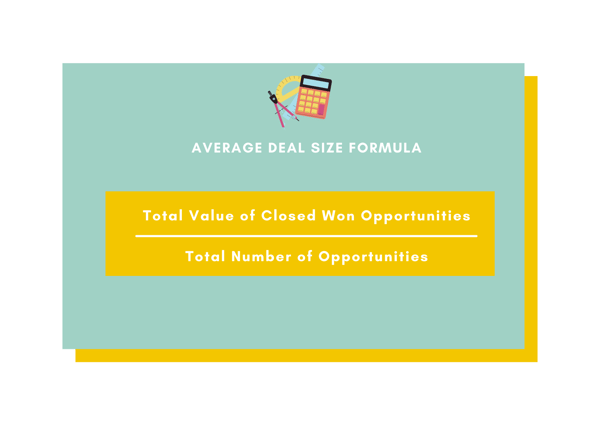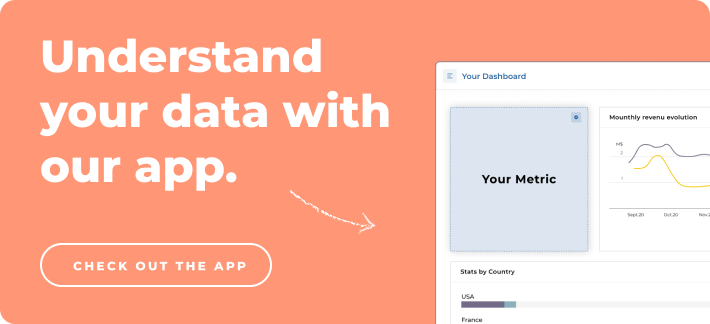Average deal size - what is it and how to calculate it?
Average deal size is an important sales key performance indicator (KPI) that reflects the average dollar amount per closed deal/contract within an organization. Average deal size is an important metric to track in order to better understand the financial health of an organization and its pipeline, as well as to create more accurate projections for revenue.
For example, if a company has a revenue target of $1 million and an average deal size of $50,000, they’ll know that they need to aim to close 20 deals in order to achieve their targets. This is where analyses of other sales KPIs, such as sales win rate, come into play to understand how many opportunities need to be generated in order to hit targets and so on. These historical metrics allow for more accurate forecasting for various stages in the sales funnel and give a more accurate view of where a team stands, in real-time, versus their targets.
Average deal size is a useful metric not only for forecasting but for equipping sales reps with the confidence they need to do their job. If a sales rep understands how many deals they need to close, based on the average deal size at an organization, they can do a better job of prioritizing their efforts.
Average deal size also reflects the sales cycles at an organization. For example, larger deals typically take more time to close, whereas smaller deals have a higher velocity from prospection to close but will typically be higher in volume.
How to calculate average deal size?

Simply put, average deal size is the average amount of money a client spends on your product or service. So, to calculate your average deal size, simply divide the total money gained from customer orders by the number of deals that you’ve closed during the time period that you’re evaluating.


